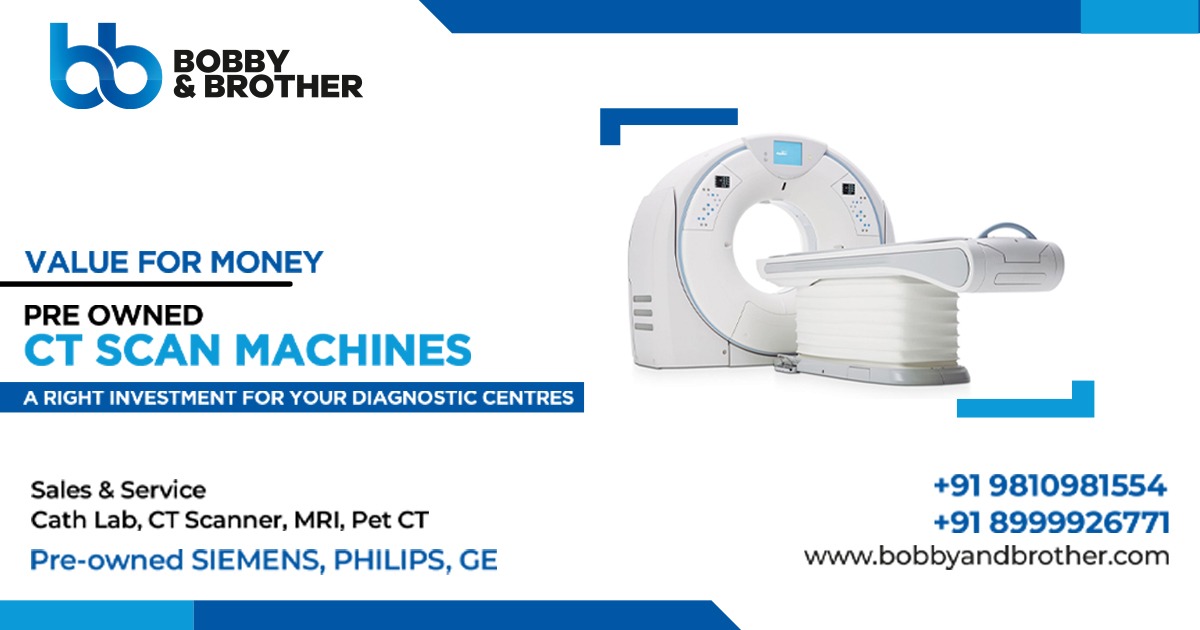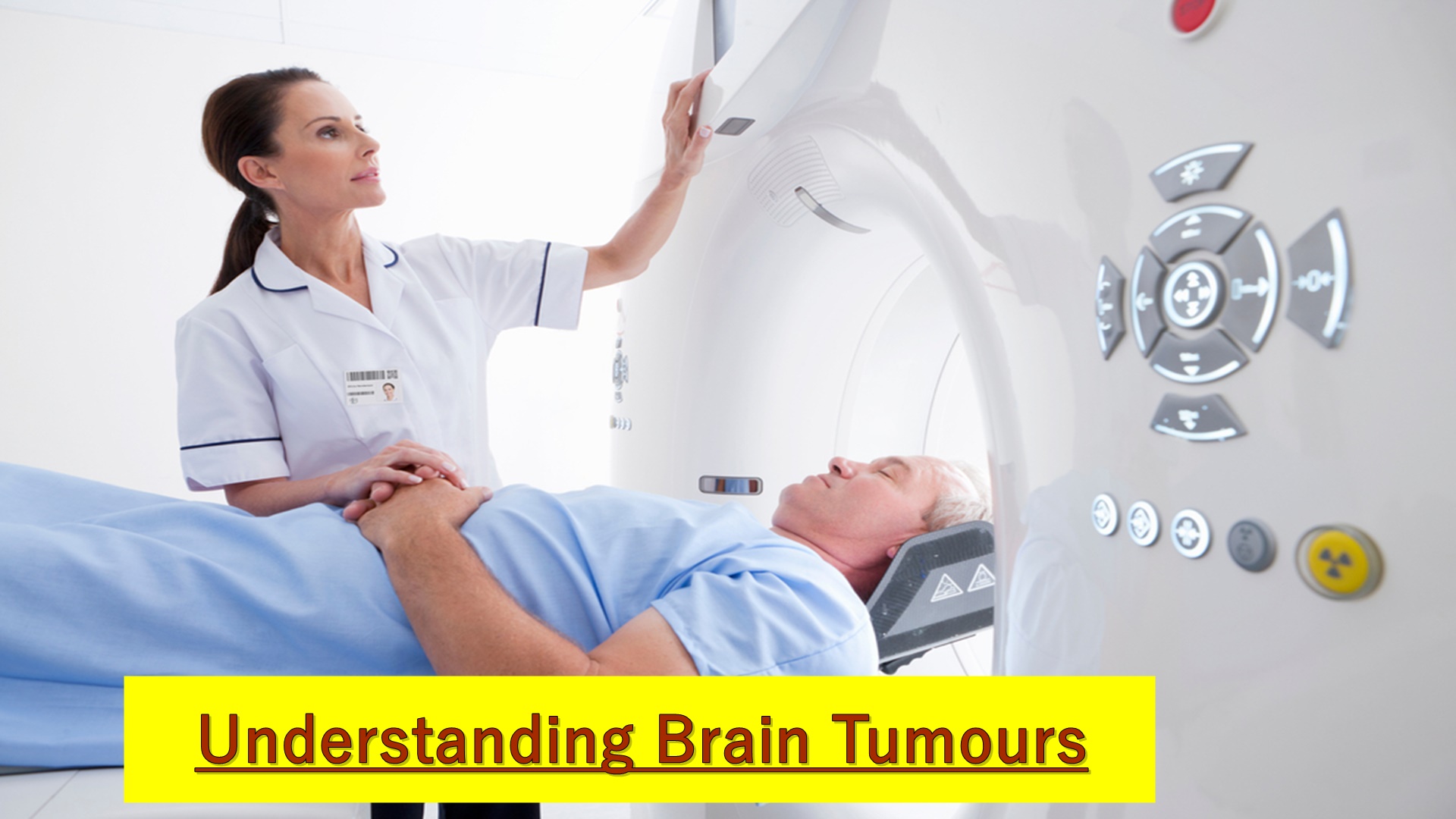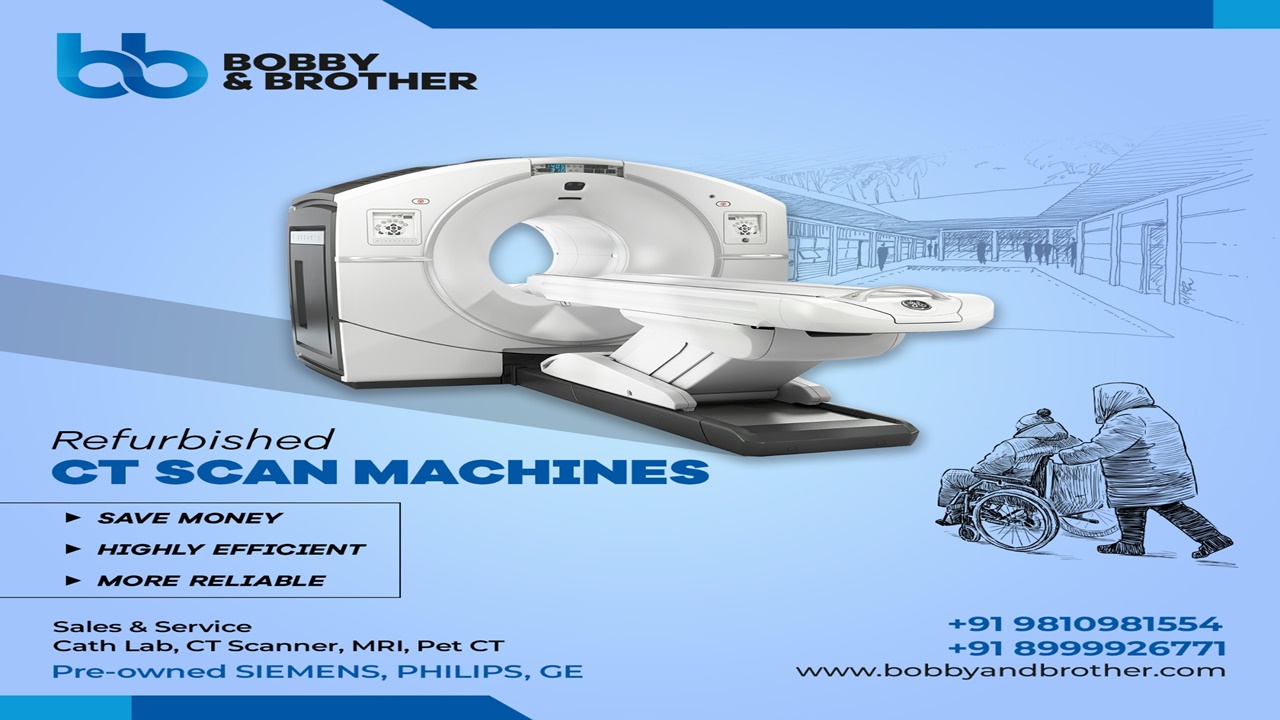In the dynamic landscape of healthcare, staying updated with cutting-edge technology is vital for medical facilities. However, budget constraints can pose significant challenges. This is where refurbished CT scan machines step in, offering a cost-effective solution without compromising on quality. In India, the market is bustling with suppliers, and among them, Bobby and his brother have carved a niche by providing reliable and upgraded medical equipment.
Bobby and Brothers: Pioneers in Medical Equipment Solutions
Bobby and his brother have established themselves as leaders in the realm of medical equipment supply in India. Their journey began with a commitment to bridge the gap between advanced technology and budget constraints faced by smaller medical facilities and clinics. With a vision to make quality healthcare accessible to all, they ventured into offering refurbished CT scan machines.
Cost-effectiveness:
For medical facilities operating on a tight budget, refurbished CT scan machines offer a lifeline. The cost-effectiveness of these machines allows healthcare providers to allocate resources efficiently, ensuring that quality diagnostic tools are not compromised due to financial constraints. Bobby and his brother recognized this need and made it their mission to provide affordable solutions without sacrificing quality.
Quality and Reliability:
Choosing a refurbished CT scan machine doesn’t mean compromising on quality. Bobby and his brother understand the importance of reliable medical equipment in healthcare settings. They have built a reputation for sourcing machines from reputable manufacturers and subjecting them to rigorous testing and refurbishment processes. This commitment to quality assurance ensures that the refurbished CT scan machines meet the highest standards.
Upgraded Features:
One of the key advantages of opting for a refurbished CT scan machine is the potential for upgraded features. Bobby and his brother stay at the forefront of technology trends, ensuring that the machines they offer come equipped with the latest software and diagnostic capabilities. This allows medical facilities to enhance their diagnostic accuracy and stay competitive in the ever-evolving healthcare landscape.
Accessibility:
In a vast and diverse country like India, accessibility to advanced medical equipment can be a challenge for smaller medical facilities and clinics. Bobby and his brother address this issue by providing a streamlined process for acquiring refurbished CT scan machines. Their approach makes it easier for healthcare providers, regardless of their size, to access the diagnostic tools necessary for providing quality care to their patients.
Warranty and Support:
One of the hallmarks of Bobby and his brother’s business is their commitment to customer satisfaction. Recognizing the importance of after-sales service, they offer warranties and comprehensive support for the refurbished CT scan machines they supply. This ensures that any issues or concerns are promptly addressed, providing medical facilities with peace of mind and confidence in their investment.
Choosing a Medical Equipment Supplier in India:
When considering refurbished CT scan machines, selecting the right supplier is crucial. Bobby and his brother offer a roadmap for making informed decisions:
1. Research and Reputation: Look for suppliers with a proven track record in the medical equipment industry. Bobby and his brother have garnered trust by consistently delivering quality solutions.
2. Refurbishment Processes: Ensure that the supplier follows comprehensive refurbishment processes and quality assurance standards. Bobby and his brother prioritize these steps to guarantee the reliability of their offerings.
3. Customer Reviews: Reading customer reviews and testimonials can provide insights into the supplier’s reputation. Bobby and his brother have received accolades for their commitment to customer satisfaction.

Conclusion:
In the ever-evolving world of healthcare technology, Bobby and his brother stand as pioneers, offering a pathway for medical facilities in India to embrace advanced diagnostic capabilities through refurbished CT scan machines. Their commitment to affordability, quality, and customer satisfaction has positioned them as leaders in making quality healthcare accessible to all.











